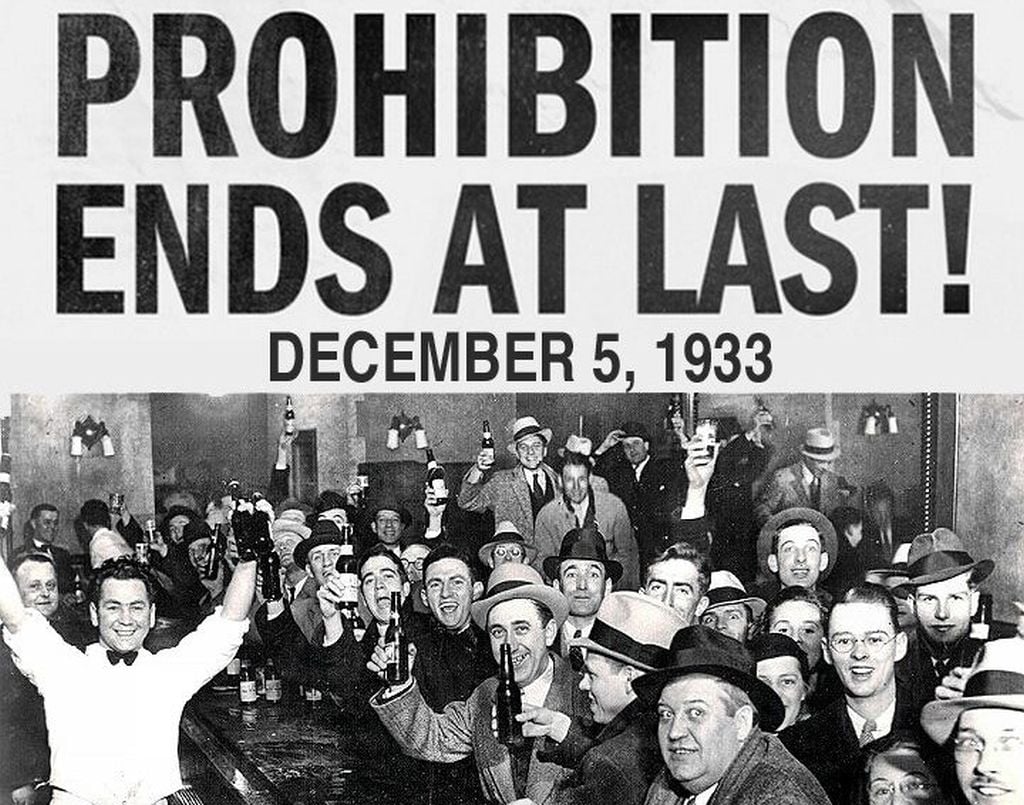
Nearly a hundred years after the US Government outlawed alcohol, Smithsonian Channel’s two-part limited series Drinks, Crime and Prohibition, examines the ban on alcohol in America, and the resultant windfalls and human carnage that it exacted.
The era boasted the Speakeasy culture, the birth of cocktails (meant to mask the terrible quality of the booze) and gangland crime where huge fortunes were built in the shadows of what was called the Volstead Act.
On January 16, 1920, the ratification of the 18th Amendment and enactment of the Act mandated by law that Americans give up drinking. This, of course, did not happen. It just drove those who liked drinking underground to line the pockets of gangsters who supplied the demand.
Prohibition was the gasoline on the fire that helped mobsters expand their control and empires as they became the defacto distributors in the country.
In 1933, President Franklin Delano Roosevelt was spurred by the pain of the Great Depression, and his administration brought alcohol out of the shadows. The American government, feeling the financial pinch of the times and loss of alcohol tax revenues from the budget, repealed Prohibition 0n December 5, 1933.

Speakeasies and bloodshed in certain cities were commonplace in the 1920s as a result of the Volstead Act.
To say that the Prohibition years were contradictory and befuddling to modern historians is an understatement.
It was both a time of great suffering and joyous exuberance. In this time period, women made tremendous gains yet were also the drivers in the Women’s Christian Temperance Movement, helping pass the Prohibition law.
Americans embraced the thug life and celebrated the gangsters of the day as anti-heroes to admire. Demand never wavered and Prohibition’s advocates, hoping the law would bolster America’s moral character, actually undid a lot of the social and culturally repressive mores.
It was also an especially gun-fueled era where weapons sales went through the roof and strengthened organized crime.
The Smithsonian event will speak with curators from the Smithsonian National Museum of American History, and will also show the fervent racist and anti-immigrant sentiments of the time.
“Alcohol is not the central story of Prohibition. Organizing around alcohol is in some ways a politically correct way to go after immigrants,” the museum’s curator John Grinspan said.
The cocktail culture too has a specific origin story. While they were invented in the late 1800s, the cocktail became a way to mask and soften the blow of immature spirits that could take the finish off of furniture.
In the two-part event, cocktail historian Derek Brown gives backgrounder on classics like the Three Mile Limit, the Scofflaw and the Southside Fizz and why these drinks and the speakeasy culture still are so popular today with the craft cocktail movement.
The documentary series will also cover the St. Valentine’s Day Massacre of 1929, then President Hoover’s reaction, and the effects of the stock market crash while the government made catching Al Capone one of the top priorities.
This event will connect the dots and show how modern day issues and movements are a direct result of the Prohibition laws. From the War on Drugs to the hidden economy and organized crime, prison overcrowding and more.
Two-part special Drinks, Crime and Prohibition premieres Monday, June 11 at 8pm ET/PT on Smithsonian Channel.